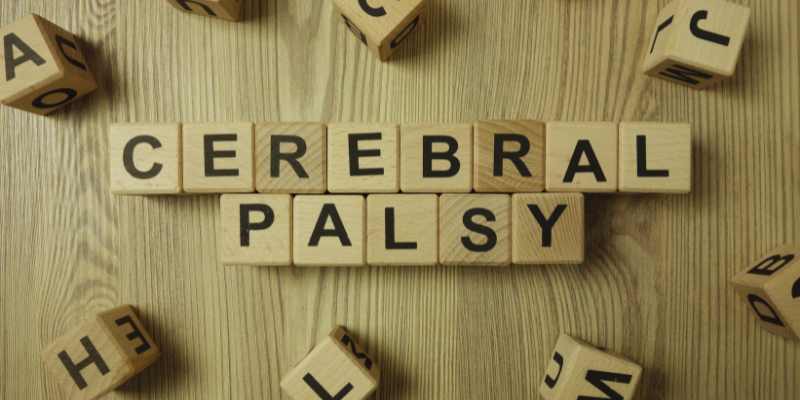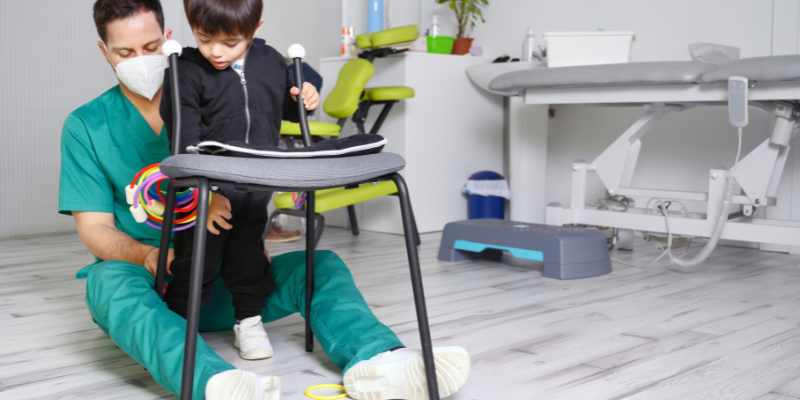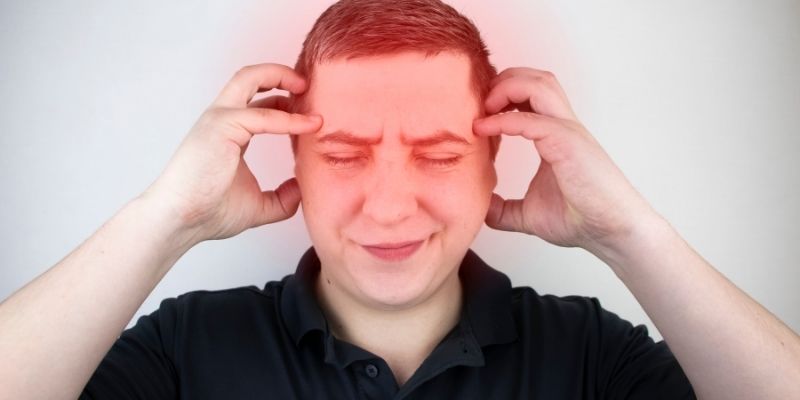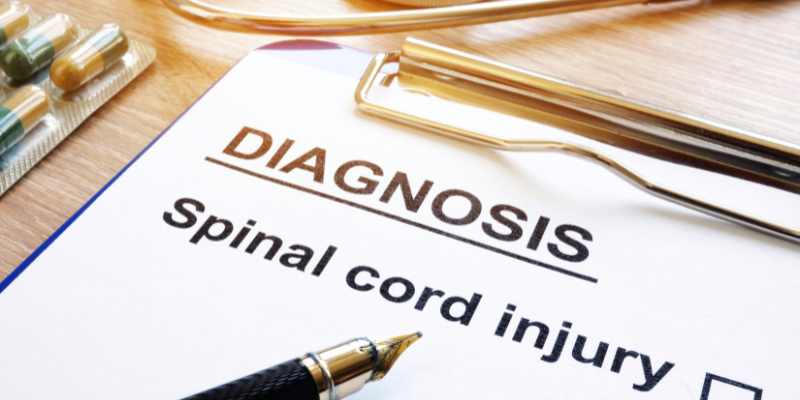Cerebral Palsy and Its Serious Complications: A Complete Guide for Families
Cerebral palsy (CP) is a lifetime neurological disorder that compromises mobility and muscle coordination. It results from brain injury either before, during, or just following birth. Although CP is not progressive, it can cause major problems that affect general health. These problems affect daily activities, communication, and mobility. Many people with CP suffer from dietary deficits, respiratory problems, and ongoing pain. Knowing these problems helps families give the best care.
This article looks at major complications and management techniques. Early intervention and medical support raise the standard of living. Families have to remain updated to handle problems properly. Knowing helps caregivers to make wise judgments. Dealing with problems calls for an all-around strategy. Medical treatment, supportive tools, and proper therapy improve daily life. Every young person or adult with CP deserves individualized treatment. Let's talk about the most major issues and their management.

Complications Of Cerebral Palsy
Here are some of the serious issues of Cerebral Palsy:
Mobility Issues and Joint Deformities
Many people with CP suffer from movement issues. Walking or standing becomes difficult with muscle tightness, weakness, and poor coordination. These issues cause joint deformities and contractures over time. Contractures result from muscles staying tight, restricting mobility and flexibility. Inappropriate treatment can cause joints to become permanently stuck in one position. This disorder influences independence and raises pain intensity. Maintaining mobility calls both regular physical therapy. Braces and stretching exercises, among other supportive tools, can increase movement. Sometimes, extreme deformities need to be corrected with orthopedic surgery. Early intervention stops the aggravation of mobility issues. Wheelchairs and walkers support folks with extreme restrictions. Adaptive tools lower joint strain and improve comfort—good posture and alignment help to avoid problems.

Chronic Pain and Muscle Spasms
A common issue among CP patients is chronic pain. Uncomfort results from aberrant motions and muscular rigidity. Frequent pain results from spasticity, the disorder whereby muscles remain tight. Pain degree is influenced by joint inflammation and nerve injury. Many people get muscle spasms that get in the way of daily life. Unchecked muscular contraction can make sleeping, standing, or sitting uncomfortable. Physical therapy, medicines, and stretching exercises constitute part of pain management—muscle relaxants, including baclofen, help to lower spasticity. Botox injections offer brief relief from tightness. Relaxation methods taught in occupational therapy help to reduce discomfort. Heat treatment and massage help muscles to operate. Pain experts provide customized therapy regimens.
Speech and Communication Difficulties
Many people with CP find it difficult to communicate and speak. Weak facial muscles and poor breath can impact speech clarity. Some people struggle with producing words or keeping vocal strength. For many CP sufferers, nonverbal communication becomes vital. Devices for augmentative and alternative communication (AAC) enable people to express themselves. Over time, speech therapy enhances communication abilities. Therapists improve oral muscles using drills. Picture boards and sign language help one to understand. Early speech therapy makes a difference. Families should inspire their members with patience and good communication techniques. Every person has a means to communicate their ideas. Supportive surroundings help to increase speech development confidence.
Respiratory Problems and Breathing Difficulties
Many times, cerebral palsy influences respiratory function. Weak chest muscles complicate breathing. Respiratory problems are caused in part by bad posture and muscle tension. Certain people find it difficult to discharge mucus from their lungs. Lung infections and pneumonia are thus more likely.
Furthermore, complicating matters include aspiration, brought on by swallowing problems. Regular breathing exercises improve lung capacity. Chest physiotherapy benefits clear airways and avoids infections. Severe cases could call for oxygen support or a ventilator. Good nutrition and water generally help maintain respiratory health. Positioning techniques help ease breathing problems. Medical observation guarantees early identification of respiratory problems.
Nutritional Deficiencies and Feeding Challenges
Many CP sufferers have trouble eating. Incorrect muscular control influences swallowing and chewing. That raises malnutrition's and choking danger. Some people find it difficult to intake sufficient calories. Nutritional deficits affect general health, energy level, and growth. Speech and occupational therapists help with safe swallowing practices. Texture changes and special diets help eating to be easier. Severe cases could need feeding tubes. Enough water helps to avoid problems connected to dehydration. Meal plans are created in balance by nutritionists. Families should routinely check weight and nutritional consumption. Regular small meals help to ease feeding problems. Adaptive tools enhance self-feeding skills.
Cognitive Impairments and Learning Disabilities
Cognitive difficulties differ among patients with CP. Others have modest trouble learning. Some have severe intellectual limitations. Memory, focus, and ability to solve problems could all suffer. These difficulties influence daily activities and academic performance. Programs for special education may offer specifically designed learning support. Individualized Education Plans (IEPs) guarantee appropriate adaptations. Help with reading and writing challenges comes from assistive technologies. Task organization gains from visual timetables. Families should support a method of structured learning. Support and patience help one to have trust in cognitive progress. Early interventions enhance learning capacity. Therapists address memory and attention abilities.
Epilepsy and Seizure Disorders
Many people with cerebral palsy also acquire epilepsy. Unnormal brain activity causes seizures. The frequency and degree of these episodes differ. A few people have momentary gazing episodes. Others go through complete bodily convulsions. Seizures can cause injuries and boost hospital visits. Medications classified as antiepileptics assist in regulating seizure activity. Effective treatment depends on regular monitoring. Plans of seizure action equip families for crises. Severe instances call for Vagus nerve stimulation (VNS). A ketogenic diet could lower the frequency of seizures. Finding triggers helps stop seizures. Medication adherence must be constant. Families should teach those looking after them methods of seizure response.
Conclusion:
Many major consequences arise from cerebral palsy. Medical attention should be paid to mobility, persistent pain, and breathing problems. Daily living suffers from communication problems and feeding difficulties. Seizures and cognitive problems create still more difficulties. Emotional well-being suffers from mental health issues. Under control, these difficulties enhance the quality of life. Early treatment and intervention are quite important. Families should create customized care plans in cooperation with medical experts. Assistive technologies and adaptive tools increase freedom. Appropriate medical treatment lowers significant health risks for CP patients. Supportive surroundings help one develop confidence and independence.












